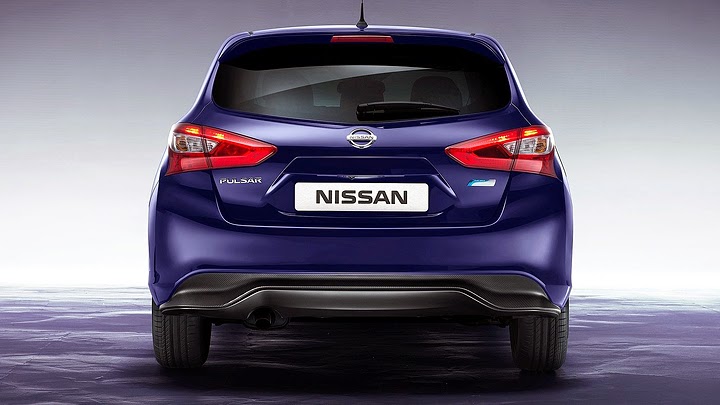
While Nissan has always succeeded at the off-road turf, with models like Frontier and Pathfinder, and later with crossovers such as Qashqai and Murano, it has always struggled a little more with the urban lineup. This is why it usually invests on those “different” vehicles, in order to avoid direct confrontation with competitors with bigger experience and tradition – Juke, for instance, intends to seduce those who wanted a sporty hatchback by offering them a different design. Nevertheless, it’s impossible to deny that the very reason why “conventional” categories exist, like sedans and pick-ups, is the fact that their public has been as big as stable for decades. So the Japanese decided now it was the time to give that a try.
Actually, this case is a loose application of the word “now”. Nissan already had a mid-size hatchback in line for two years, when it appeared in China as the new Tiida, and this was the base for the one you’re meeting this time. Those who live in other Eastern countries will recall there is already a Nissan Pulsar being sold, but there will be two of them now: while the original hatchback received just some minor retouches to become the Asian Pulsar, the European one went through a much deeper facelift. The intention was to follow Nissan’s most recent design language, through visual items like smooth surfaces, sharp contours and the V-shaped front grille, and the truth is it doesn’t look bad at all. But you shouldn’t compare it with Ford Focus, Renault Mégane or VW Golf.




Even though this is a typical mid-size hatchback, Nissan’s intention is still a little “interstitial” once again. In this case, Pulsar will arrive focusing on value-seeking customers, for whom breathtaking design isn’t very important. What this people really appreciate are rational advantages, such as internal space and fuel efficiency, and this is precisely this car’s field of expertise: with a 4.38-m total length and 2.7-m wheelbase, Pulsar is bigger than any of its direct competitors. Such room will be filled with items such as multiple airbags, ESP, infotainment central and multimedia audio system since the base trim Visia, while Acenta adds some safety items, N-Tec some visual accessories and Tekna sweetens the deal with luxury equipments.
When it comes to fuel efficiency, you can only expect to go fast with this car if Nissan decides to give Nismo a say – which can be expected from next year onwards. Meanwhile, there will be one option using gasoline, a four-cylinder, turbocharged 1.2L for the entry-level Pulsar capable of 113 hp, while the diesel option is four-cylinder and turbocharged as well, but being a 108-hp, 192-lb-ft 1.5L propeller – The sporty Pulsar should use Juke’s bi-turbo 187-hp 1.6L engine. The first two options can use manual transmission or CVT. Nissan’s new hatchback will be produced in Barcelona, and will hit the European streets in the third trimester of 2014. United Kingdom will receive it for between £15.995 and £20.345.